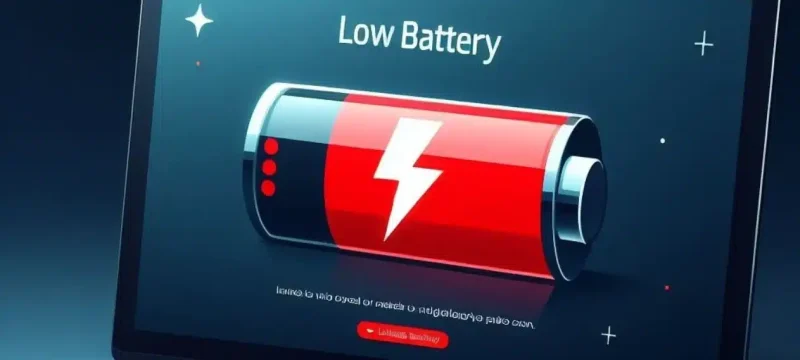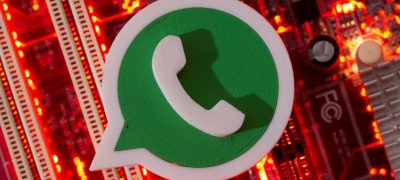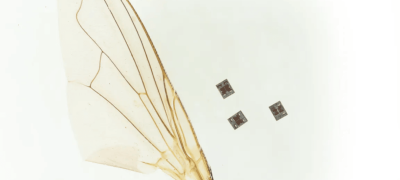How frustrated do you become when confronted with the ‘low battery’ alert while engrossed in a crucial project? This dreaded indication compels us all to scramble for the charger and a power outlet. Various functions on your laptop significantly influence its battery life and can be easily optimized for prolonged usage.
Whether you’re using a PC or a Mac laptop, factors such as power settings, the number of running apps, and the room temperature can impact your device’s battery life.
Using the Windows Performance Management Tool
This dedicated PC tool, found on the taskbar slider in Windows 10 and in Settings under Systems and Power & Battery for Windows 11 users, consolidates all battery-related functions and settings. It categorizes battery and laptop performance from Best Performance to Battery Saver modes. While Best Performance sacrifices battery life for improved speed, Battery Saver reduces display brightness by 30%, halts Windows Update downloads, suspends background apps, and stops Mail app syncing. Although both modes represent extremes, opting for Better Performance is recommended for prioritizing power over efficiency, limiting resources for background apps.
MacOS Battery Settings
For MacOS, locate battery-saving features in the System Preferences app. Ensure “Slightly dim the display while on battery power” is selected, and uncheck “Enable Power Nap while on battery power.”
Disabling Power Nap mode ensures your MacBook stays asleep when not in use, avoiding periodic wake-ups for updates. On recent MacBook Pro laptops, enabling “Slightly dim the display while on battery power” adjusts display brightness to 75% when unplugged.
Additional features like “Optimize video streaming while on battery” and “Optimized battery charging” maximize battery saving. Similar to the Windows Performance Management Tool, MacBooks offer an Energy Mode setting with low power, automatic, and high power modes.
Simplify with Airplane Mode and Disable Running Apps
If much of your work is offline, utilize Airplane mode to conserve battery, eliminating a significant source of drain caused by background apps and processes. Limiting app usage by focusing on fewer apps at a time and closing energy-consuming apps after use is also recommended. You can identify energy-hogging apps in Windows 10 search bar or Battery Usage under Power & Battery settings in Windows 11.
Adjust Graphics and Display
Powerful graphics processors can drain battery life. In Windows 11, check Settings and Display to identify apps using specific graphics processors. Adjust the graphics processor for high-demand apps like gaming, while using power-saving mode processors for others. A similar feature is available in macOS under Settings with the “Automatic graphics switching” option.
Optimizing Airflow in Your Device
Despite advanced batteries, proper ventilation is crucial to prevent overheating. Ensure your laptop is on a firm surface like a table for unimpeded airflow, preventing dust buildup or obstructions like blankets that could block internal fans and hinder battery ventilation.









